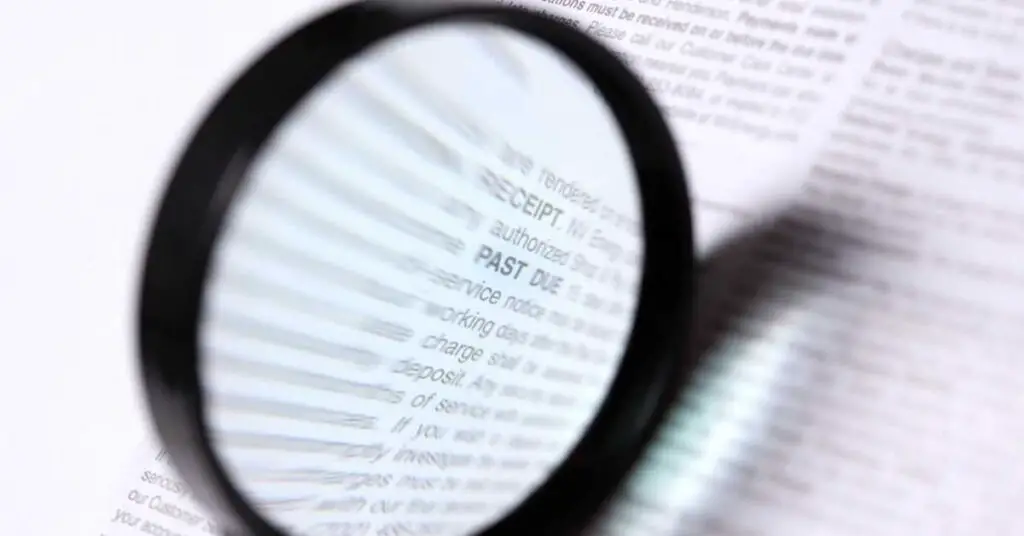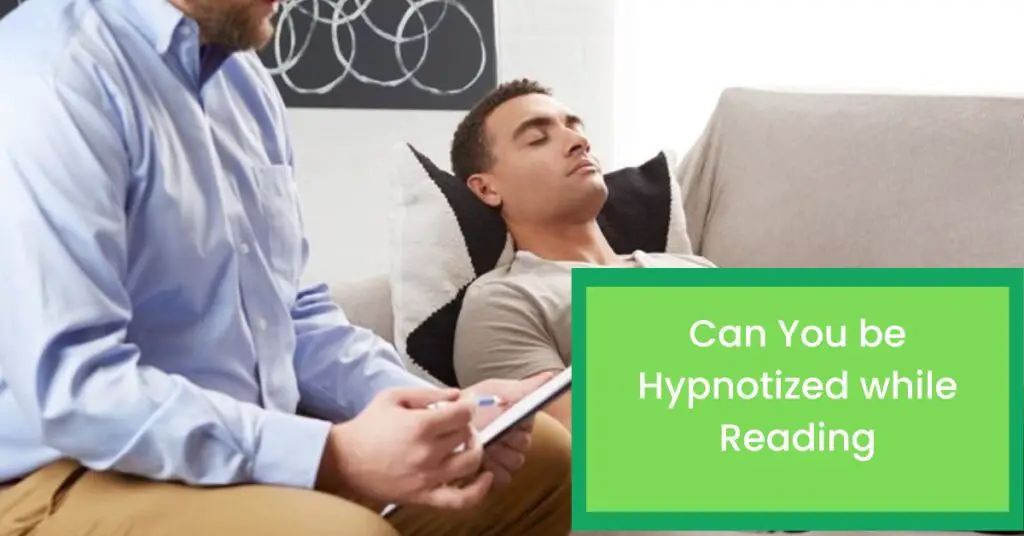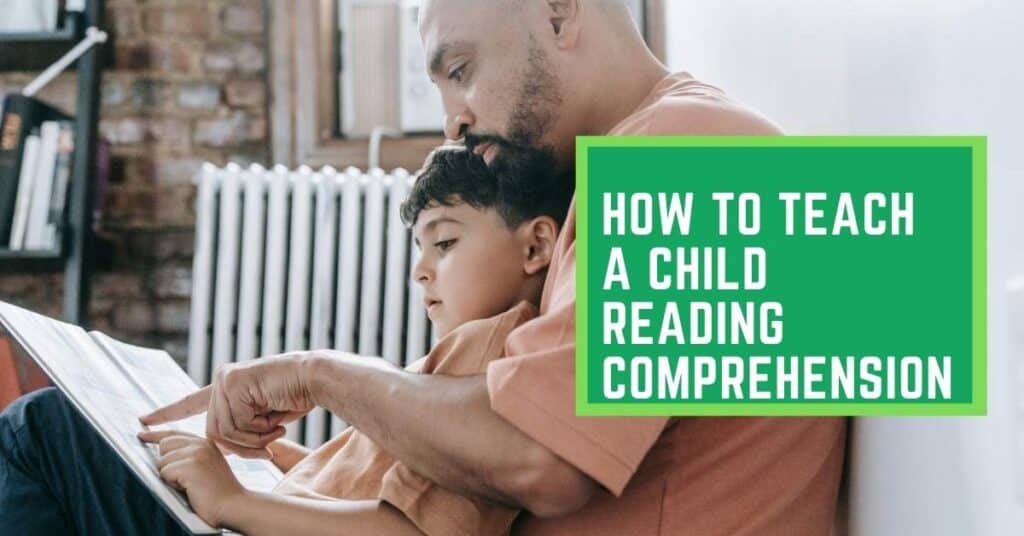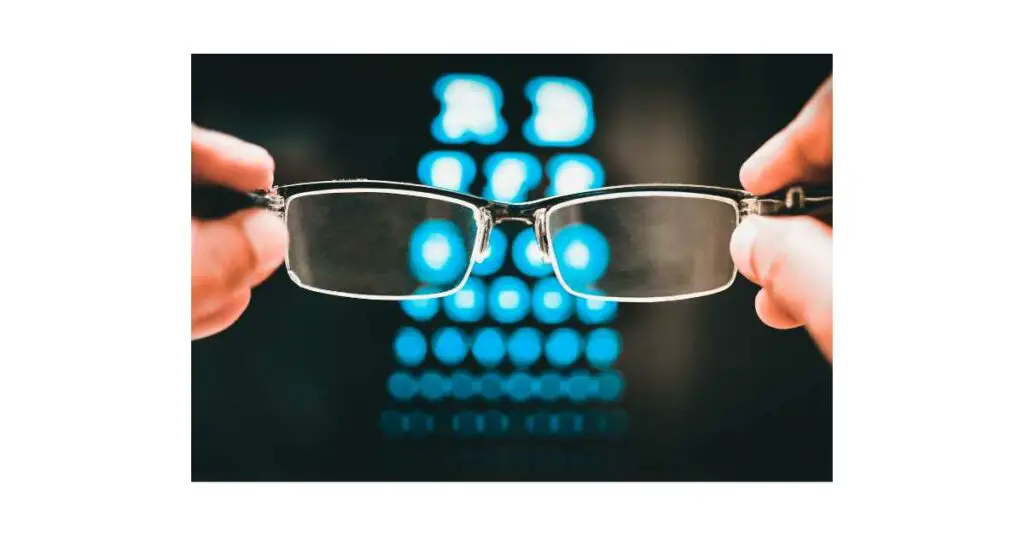It’s a common belief that reading small print can cause a headache. But is there any truth to this claim? Let’s take a closer look.
It’s thought that reading small print can cause eyestrain, which in turn can lead to a headache. Of course, everyone is different and some people may be more sensitive to small print than others. If you find that reading small print does give you a headache, it’s best to take regular breaks and try to rest your eyes as much as possible. However, there is no scientific evidence to support this claim.Wearing glasses or contact lenses can also help to reduce any strain on your eyes.
Eyestrain can certainly cause headaches, but it’s more likely to occur if you’re looking at a screen for long periods of time or working in dim lighting. If you’re simply reading a book or newspaper, it’s unlikely that you’ll experience eyestrain-related headaches.
The science behind reading small print and headaches
It’s not just your imagination–reading small print can actually give you a headache. There are a few different scientific explanations for why this happens.
First of all, when you strain your eyes to see something that is far away or close up, your eye muscles have to work harder. This can lead to fatigue and tension in the muscles, which can cause pain in the temples or forehead.
Additionally, squinting can cause increased pressure in the eyeball, which can also lead to headaches.
Finally, staring at a screen or piece of paper for too long can cause what is known as “computer vision syndrome.” This is a type of eye strain that can cause headaches as well as blurred vision, neck pain, and fatigue.
So, if you’re experiencing headaches after reading small print, it’s likely due to one of these scientific explanations. However, if you find that reading small print doesn’t cause you any pain, there’s no need to worry!
How to reduce eye strain and headaches caused by reading small print?
Reading small print can cause a lot of strain on your eyes, which can lead to headaches. There are a few things you can do to reduce this strain.
One is to make sure the room you’re reading in is well-lit. This will help your eyes to focus more easily on the text.
Another is to take frequent breaks while reading. Every 20 minutes or so, look away from the text and focus on something else in the room for a minute or two. This will give your eyes a chance to rest.
Finally, try to keep the text at a comfortable distance from your eyes. If you have to hold the book or document close to your face in order to read it, that’s a sign that it’s too small for you and you should get a larger print version.
By following these tips, you can help reduce the strain on your eyes and avoid headaches while reading small print.
Tips for reading small print without discomfort
If you find yourself squinting to read small print, there are a few things you can do to make the task more comfortable. Start by making sure that you have good lighting. Natural light is best, but if that’s not available, choose a light source that doesn’t produce glare.
Next, adjust your seating position. Sit up straight with your feet flat on the floor and the book or document at eye level. If you’re using a magnifying glass, hold it close to your eye without touching it, and rest your elbow on a solid surface to keep your hand steady.
Finally, take frequent breaks to avoid eye strain. Every 20 minutes or so, look away from the text and focus on something else in the room for at least 20 seconds. By following these tips, you can reduce discomfort and improve your ability to read small print.
How to treat a headache while reading small prints
Anyone who has ever had a headache knows that they can be debilitating. And while there are many different causes of headaches, one of the most common is reading small print. Whether it’s a novel, a newspaper, or even a phone screen, the effort of squinting to see tiny letters can quickly lead to a throbbing headache. So what can be done to relieve this type of headache?
First, try moving your eyes from side to side for a few minutes. This will help to loosen up the muscles around your eyes and ease the tension that is causing the pain. Secondly, take a break from reading and focus on something else for awhile. Give your eyes a chance to rest and the headache should start to dissipate. Finally, if the pain is still persistent, try massaging your temples or taking an over-the-counter pain reliever. With some simple self-care, you can quickly get rid of a reading-related headache and get back to your book!
Conclusion
Reading small print can cause a headache due to the amount of strain it puts on your eyes. However, there are a few things you can do to reduce this strain, such as taking breaks and making sure the room is well-lit. If you do get a headache from reading, there are also some simple self-care measures that can help to relieve the pain.
FAQS
Can reading small print cause a headache?
Yes, reading small print can cause a headache. When you strain your eyes to read small text, it can lead to eye fatigue and eye strain, which can trigger a headache.
What is eye strain?
Eye strain, also known as asthenopia, is a condition that occurs when your eyes get tired from intense use, such as reading for long periods or staring at a computer screen.
Can reading at a close range cause eye strain?
Yes, reading at a close range can cause eye strain. When you hold reading material too close to your eyes, it forces your eyes to work harder to bring the text into focus, leading to eye fatigue and strain.
Can reading on a digital device contribute to a headache?
Yes, reading on a digital device can contribute to a headache. The glare and blue light emitted by digital screens can cause eye strain and discomfort, leading to headache. It is recommended to follow the 20-20-20 rule (take a 20-second break every 20 minutes and focus on an object 20 feet away) to reduce the risk of eye strain and headache.
What can I do to prevent headaches while reading small print?
To prevent headaches while reading small print, consider the following tips: use proper lighting, maintain an appropriate reading distance, ensure a comfortable font size, take regular breaks, use reading glasses if needed, and consult an optometrist if you experience persistent vision issues.
Can eye drops help in relieving the headache caused by reading small print?
Eye drops may provide temporary relief for dry eyes, which can be associated with eye strain and contribute to headaches. However, if the headache persists or worsens, it is recommended to consult an eye-care professional.





